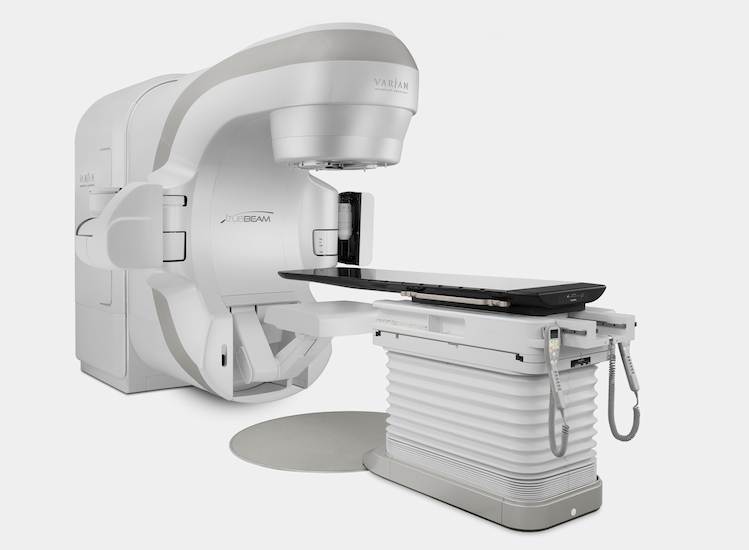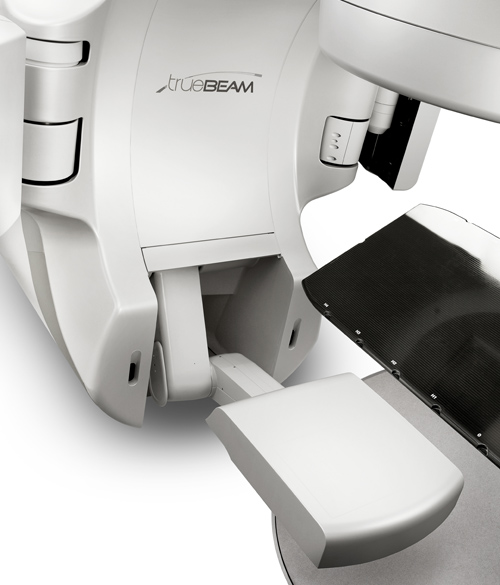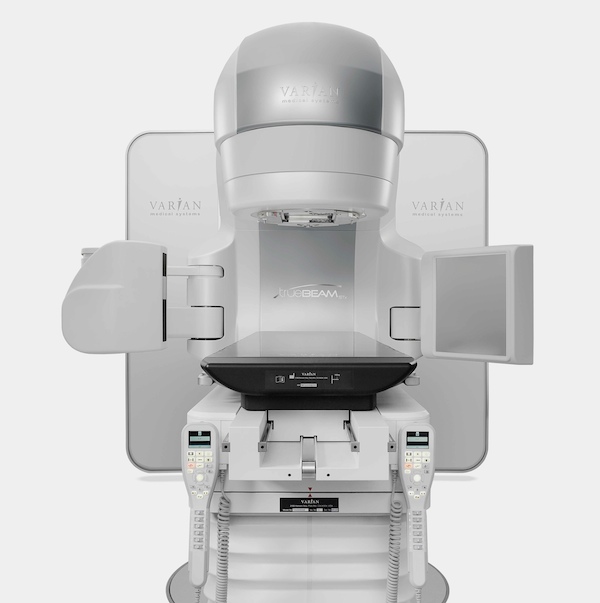Meditation and mindfulness may give your brain a boost
By Carolyn Butler
Monday, February 14, 2011; 8:17 PM
They are the simplest instructions in the world: Sit in a comfortable position, close your eyes, clear your mind and try to focus on the present moment. Yet I am confident that anyone who has tried meditation will agree with me that what seems so basic and easy on paper is often incredibly challenging in real life.
I've dabbled in mantras and mindfulness over the years but have never really been able to stick to a regular meditation practice. My mind always seems to wander from pressing concerns such as the grocery list to past blunders or lapses, then I get a backache or an itchy nose (or both) and start feeling bored, and eventually I end up so stressed out about de-stressing that I give up. But I keep coming back and trying again, every so often, because I honestly feel like a calmer, saner and more well-adjusted person when I meditate, even if it's just for a few minutes in bed at the end of the day.
Now there's even more reason to give it another go: New research from Massachusetts General Hospital in Boston indicates that meditating regularly can actually change our brain structure for the better, and in just a few months.
The small study, published last month in Psychiatry Research: Neuroimaging, tracked 16 people who took a course on mindfulness-based stress reduction - a type of meditation that, besides focusing your attention, includes guided relaxation exercises and easy stretching - and practiced for about 30 minutes a day. After eight weeks, MRI scans showed significant gray matter density growth in areas of the brain involved in learning and memory, empathy and compassion, sense of self and emotional regulation, when compared with a control group. In addition, the researchers referred to an earlier study that found a decrease in gray matter in the amygdala, a region of the brain that affects fear and stress, which correlated with a change in self-reported stress levels.
"This is really, clearly, where we can see, for the first time, that when people say, 'Oh, I feel better, I'm not as stressed when I meditate,' they're not just saying that - that there is a biological reason why they're feeling less stress," says senior author Sara Lazar, a psychology instructor at Harvard Medical School. She notes that these findings build on prior research that has found positive brain changes in long-term meditators: "But this is proof that it's really meditation that's making the difference," as opposed to other potential factors such as diet or lifestyle, she says. "And it doesn't take long to get there."
None of this comes as a surprise to dedicated meditators or to doctors who regularly prescribe the practice.
"The study shows that meditation induces certain physiological brain changes that are consistent with many of the health benefits we see clinically," says family medicine and chronic pain specialist Gary Kaplan, director of the Kaplan Center for Integrative Medicine in McLean, who recommends meditation as part of a treatment plan for every one of his patients. He reports that patients who follow this advice typically sleep better, have less pain, less anxiety and depression, and a better general sense of well-being. Kaplan adds that this admittedly anecdotal evidence comes on top of at least a decade's worth of research showing that meditation can have a range of benefits such as reduced stress and blood pressure, migraine relief, an improved attention span and better immune function.
Given that meditation is readily accessible, cheap and portable and has few if any risks, there's really no harm in giving it a try, says Kaplan, who suggests that getting a book or CD on the topic or taking a basic class is a good way to start.
He acknowledges that the practice is far from easy, at least in part because the mind is bound to wander. "We spend a whole bunch of time time-traveling - a lot of time in the future, worrying, and a lot in the past, dwelling on regrets and grief and loss - and we spend very little time in the present, focused on what's going on at this moment," he explains. "So allowing that chatter to quiet and becoming present in the moment, while being gentle with the thoughts that come in and out of the mind and any anxiety that's there, that can be difficult."
For those who are skeptical or who continue to struggle, Hugh Byrne, a senior teacher with the Insight Mediation Community of Washington, suggests some tips for getting going - and sticking with it:
Seek the right style. There are many forms of meditation, with different objectives, and it's important to do some research and find the one that works best for you, whether it involves walking, chanting or deep-breathing exercises.
Practice, practice, practice. It's essential to cultivate a regular, daily routine to get your mind in the habit of meditating, even if it's just five or 10 minutes to start, says Byrne, who recommends slowly increasing that to 30 minutes or more every day.
Be mindful all day long. Meditation "isn't just about bringing awareness to your experience while you're sitting cross-legged with eyes closed," says Byrne. "It's also a practice that you can bring into the rest of your life: when you're eating, sitting in a traffic jam, or relating to a partner, spouse, kids or colleagues at work." He suggests finding a few minutes here and there to get centered.
Don't be discouraged by a wandering mind. It's totally normal. "The important thing is just to notice when you move into planning the future or ruminating on the past or daydreaming, just notice that and gently bring attention back to the present," says Byrne. "And come back into the body, without judgment or criticism."
View all comments that have been posted about this article.
View all comments that have been posted about this article.
View all comments that have been posted about this article.
Comments that include profanity or personal attacks or other inappropriate comments or material will be removed from the site. Additionally, entries that are unsigned or contain "signatures" by someone other than the actual author will be removed. Finally, we will take steps to block users who violate any of our posting standards, terms of use or privacy policies or any other policies governing this site. Please review the full rules governing commentaries and discussions. You are fully responsible for the content that you post.




















